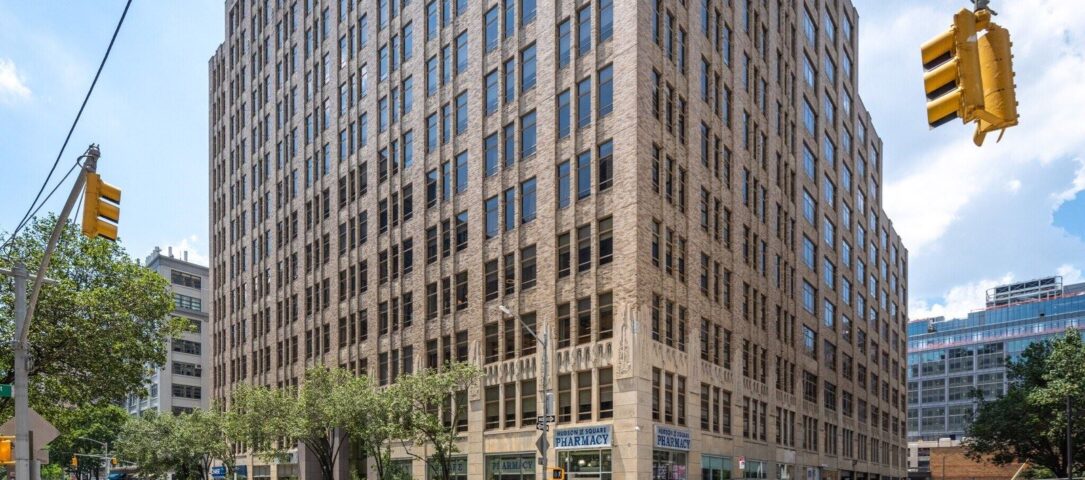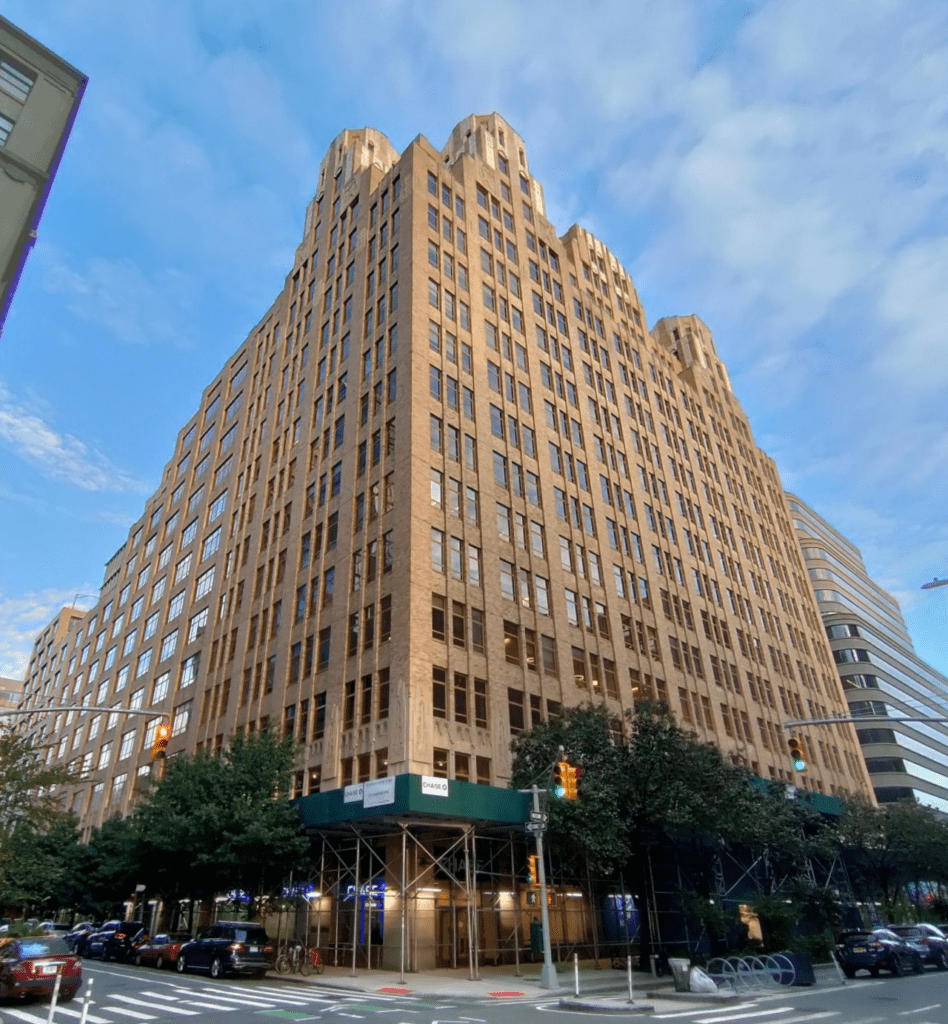
Preserving the Past, Building the Future
New York City is a city of constant transformation—businesses come and go, buildings rise and fall. But in the Hudson Square neighborhood of Lower Manhattan, two office buildings stand as proof that history and sustainability can go hand in hand. The historic 345 Hudson Street, originally built in 1931, is undergoing a sophisticated retrofit, while its modern neighbor, 555 Greenwich, showcases cutting-edge green technology. Together, these buildings are expected to exceed New York City’s 2030 climate targets by over 45%.
A Building That Has Always Adapted
Hudson Square has always evolved with the times. Originally home to printing businesses in the 1930s, the area later became a creative hub for media and advertising companies. Today, it thrives as a sought-after office district, where companies seek both character and sustainability.
At the heart of this transformation is 345 Hudson Street. This 17-story Art Deco building was originally designed to house massive printing presses. Over time, it adapted to new industries while maintaining its architectural integrity. Now, thanks to a joint venture between Trinity Church Wall Street, Norges Bank, and Hines, this historic landmark is embracing its most ambitious evolution yet.
A Nordic-Inspired Sustainable Upgrade
The most significant aspect of the renovation is the transition to an all-electric heating and cooling system. The new setup, inspired by Nordic sustainability models, replaces outdated mechanical systems with an advanced thermal energy network.

Instead of relying on traditional boilers and chillers, the system uses water source heat pumps on every floor, connected to an ambient loop that transfers heat as needed. Roof-mounted air source heat pumps and adiabatic fluid coolers manage temperature regulation, ensuring energy efficiency year-round.
Next door, 555 Greenwich takes sustainability even further. Designed to complement 345 Hudson, this LEED Platinum-certified building features geothermal energy piles, radiant heated floors, and high-efficiency air source heat pumps. The result? A fully electric office space that consumes 25% less energy than conventional buildings.
Engineering Challenges and Structural Innovation
Retrofitting a 1931 building with cutting-edge sustainability features comes with structural challenges. Engineers had to analyze the existing concrete framework to ensure it could support new mechanical systems and additional rooftop infrastructure.
Reinforcements were added where necessary, allowing for the integration of modern upgrades without compromising the building’s integrity. New steel framing supports a rooftop terrace and expanded mechanical systems, while carefully planned modifications allow seamless connectivity between 345 Hudson and 555 Greenwich.
555 Greenwich was strategically designed with flexible floorplates that align with 345 Hudson’s layout, creating a cohesive workspace across the two buildings. To achieve this, engineers used concrete flat slab systems to match floor elevations and accommodate natural material shifts over time.
Shaping the Future of Sustainable Office Spaces
These efforts are already paying off. The energy-efficient upgrades at 345 Hudson and 555 Greenwich will result in a projected 40% reduction in electrical consumption compared to standard office buildings. Not only will they surpass NYC’s 2030 climate targets, but they’re also on track to meet the state’s 2050 carbon neutrality goals.
«This building has a long history, and I have seen many changes over the years,» says Anyely Perez, chief engineer for 345 Hudson and 555 Greenwich. «But these system upgrades have been the biggest and most rewarding challenge so far. I look forward to working in the next stage of 345 Hudson’s life.»
As New York City pushes for greener infrastructure, 345 Hudson and 555 Greenwich stand as a testament to what’s possible when historic preservation meets forward-thinking sustainability. This transformation not only secures the future of these buildings but also sets a new benchmark for energy-efficient office spaces in urban centers worldwide.

